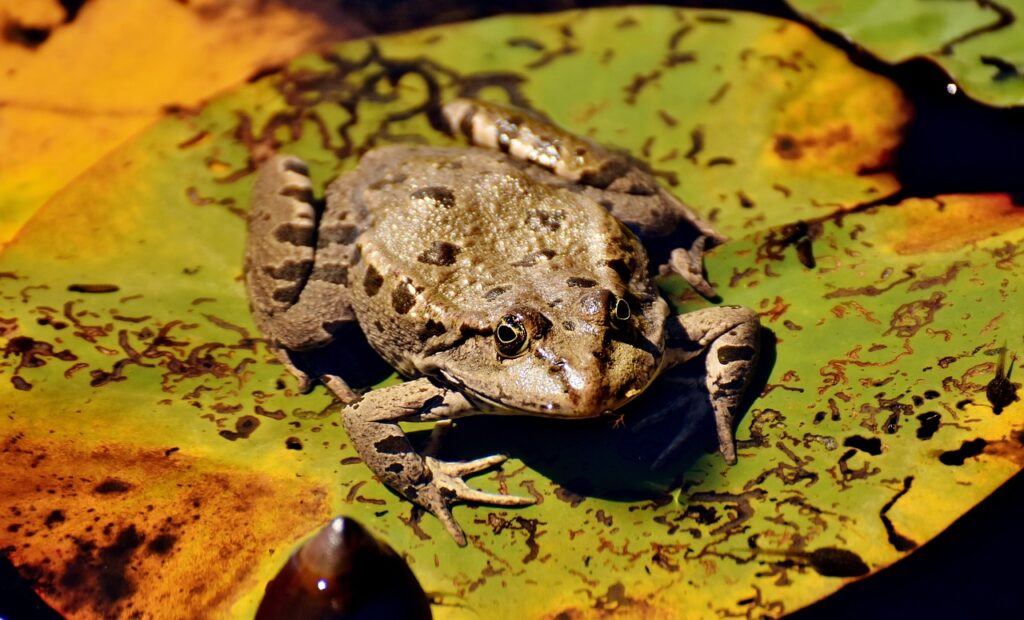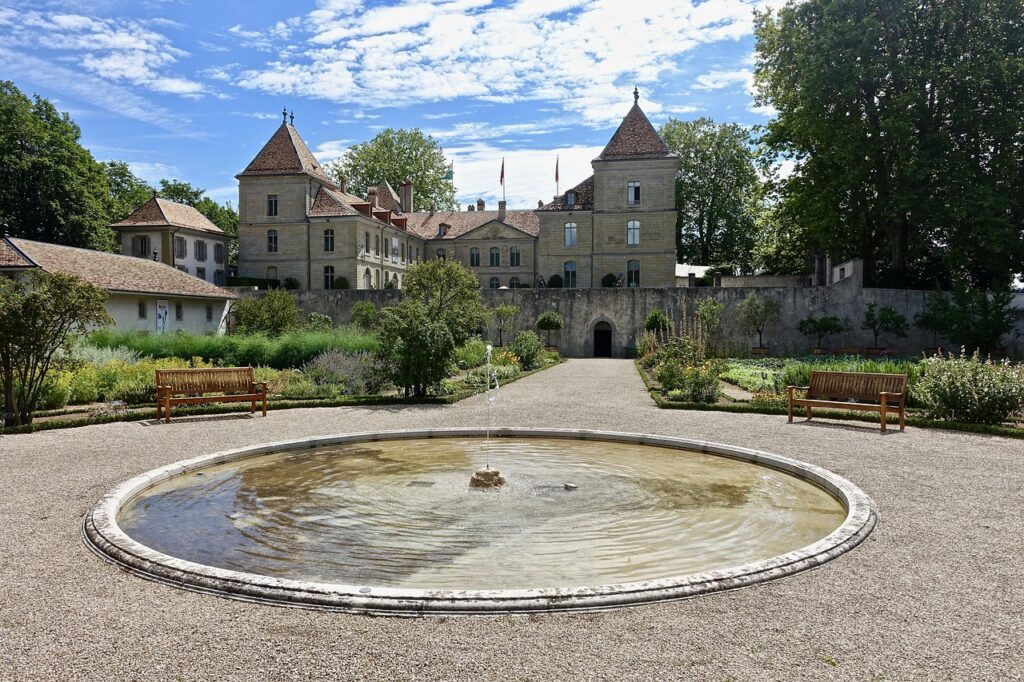Are you thinking about adding some fish to your pond? Well, the ideal time of year to add fish to ponds is during the warmer months of spring and summer. Warmer water temperatures allow the fish to acclimatise easier and reduce the chances of stress or shock.
It’s best to avoid adding fish during the colder months of fall and winter, as the cooler temperatures can hinder their ability to adapt to their new environment. Make sure to research the specific needs of the fish species you plan to introduce to ensure a smooth transition and a healthy pond ecosystem.
What Time Of Year Can You Add Fish To Ponds?
Have you recently built a pond in your backyard or are you thinking about adding fish to your existing pond? One common question that many pond owners have is, “What time of year can you add fish to ponds?” In this article, I will provide you with valuable information on when it is best to add fish to your pond to ensure their health and well-being.
Factors to Consider Before Adding Fish to Ponds
Before deciding on the best time to add fish to your pond, there are several factors that you need to consider to ensure the success of your new fish inhabitants. These factors will help you create an ideal environment for the fish to thrive and grow.
It is essential to have a well-established pond environment with appropriate water quality, oxygen levels, and sufficient hiding places for the fish. Additionally, make sure that your pond is free of predators that could harm the fish. By considering these factors, you can provide a safe and healthy habitat for your fish.

Best Time of Year to Add Fish to Ponds
The best time of year to add fish to your pond depends on various factors, including the climate in your region and the type of fish you want to add. Generally, the ideal time to introduce fish to your pond is during the spring or fall months, when the water temperature is moderate.
In spring, the water temperatures begin to rise, creating a favorable environment for fish to acclimatise to their new home. The mild temperatures allow the fish to adjust gradually to their surroundings and food sources.
In the fall, as the temperatures start to cool down, adding fish to your pond can help them acclimatise to the changing conditions before winter sets in. This can prepare them for surviving the colder months, when they may become less active.

Types of Fish Suitable for Different Seasons
The type of fish you can add to your pond depends on the time of year and the climate in your region. Different species of fish have varying temperature requirements and behaviors, so it is essential to choose fish that are suitable for your specific conditions.
In the spring and summer months, popular fish species to add to your pond include Koi, Goldfish, and Mosquito Fish. These fish are more active during warmer months and can thrive in a variety of pond environments.
In the fall and winter months, you may consider adding cold-water fish species such as Trout or Shubunkin Goldfish. These fish are better equipped to withstand colder temperatures and can adapt to changing conditions as winter approaches.
Acclimating Fish to Your Pond
Once you have selected the right type of fish for your pond and determined the best time of year to add them, it is crucial to acclimatise the fish properly to their new environment. This process helps reduce stress and ensures the fish can adjust seamlessly to their new home.
When introducing fish to your pond, slowly acclimatise them to the water temperature over a period of time to prevent shock. Start by floating the fish in their bags on the surface of the pond so they can adjust to the water temperature. This gradual process will help them adapt to the new water conditions without experiencing stress.

Monitoring Water Quality
After adding fish to your pond, it is essential to monitor the water quality regularly to ensure the health and well-being of your fish. Water quality plays a vital role in maintaining a thriving ecosystem for your fish to live in.
Check the pH levels, ammonia, nitrate, and nitrite levels in your pond water regularly to ensure they are within acceptable ranges. High levels of these parameters can be harmful to your fish and may lead to health issues. By monitoring the water quality, you can take corrective actions to maintain a balanced and healthy pond environment for your fish.
Feeding Your Pond Fish
Feeding your pond fish is an essential part of their care and well-being. Providing a balanced diet will help keep your fish healthy and active throughout the year. Different fish species have varying feeding habits and requirements, so it is crucial to understand what each type of fish needs.
In the spring and summer months, feed your fish a high-protein diet to support their growth and activity levels. You can supplement their diet with specialized fish food or live foods such as insects and worms. During the fall and winter months, reduce feeding as fish become less active in colder temperatures.
Overwintering Fish in Ponds
Overwintering fish in ponds can be a challenging task, especially in regions with harsh winter conditions. It is crucial to prepare your pond and fish for the cold weather to ensure their survival during the winter months.
Before winter sets in, clean your pond and remove debris that could accumulate at the bottom. This will help prevent the build-up of harmful gases that could affect your fish. Additionally, provide aeration in your pond to oxygenate the water and create a more comfortable environment for your fish during the winter.

Protecting Your Pond Fish from Predators
Predators can pose a significant threat to your pond fish, especially if you have a large pond with a natural ecosystem. Common predators such as birds, raccoons, and even other fish can target your pond inhabitants and reduce their population.
To protect your fish from predators, consider adding physical barriers such as netting or screens to prevent access to the pond. You can also create hiding places for your fish, such as rocks or aquatic plants, where they can seek shelter from potential threats. By taking these precautions, you can create a safer environment for your pond fish to thrive.
Time Of Year To Add Fish To Ponds
In conclusion, adding fish to ponds can be a rewarding experience for pond owners who want to enhance their aquatic ecosystem. By considering the best time of year to add fish, selecting suitable fish species, and providing proper care and maintenance, you can create a healthy and thriving pond environment for your fish to enjoy.
Remember to acclimatise your fish properly, monitor water quality, feed your fish a balanced diet, and protect them from predators to ensure their long-term health and well-being. With the right knowledge and preparation, you can create a beautiful and sustainable pond that will bring joy and tranquility to your outdoor space.
